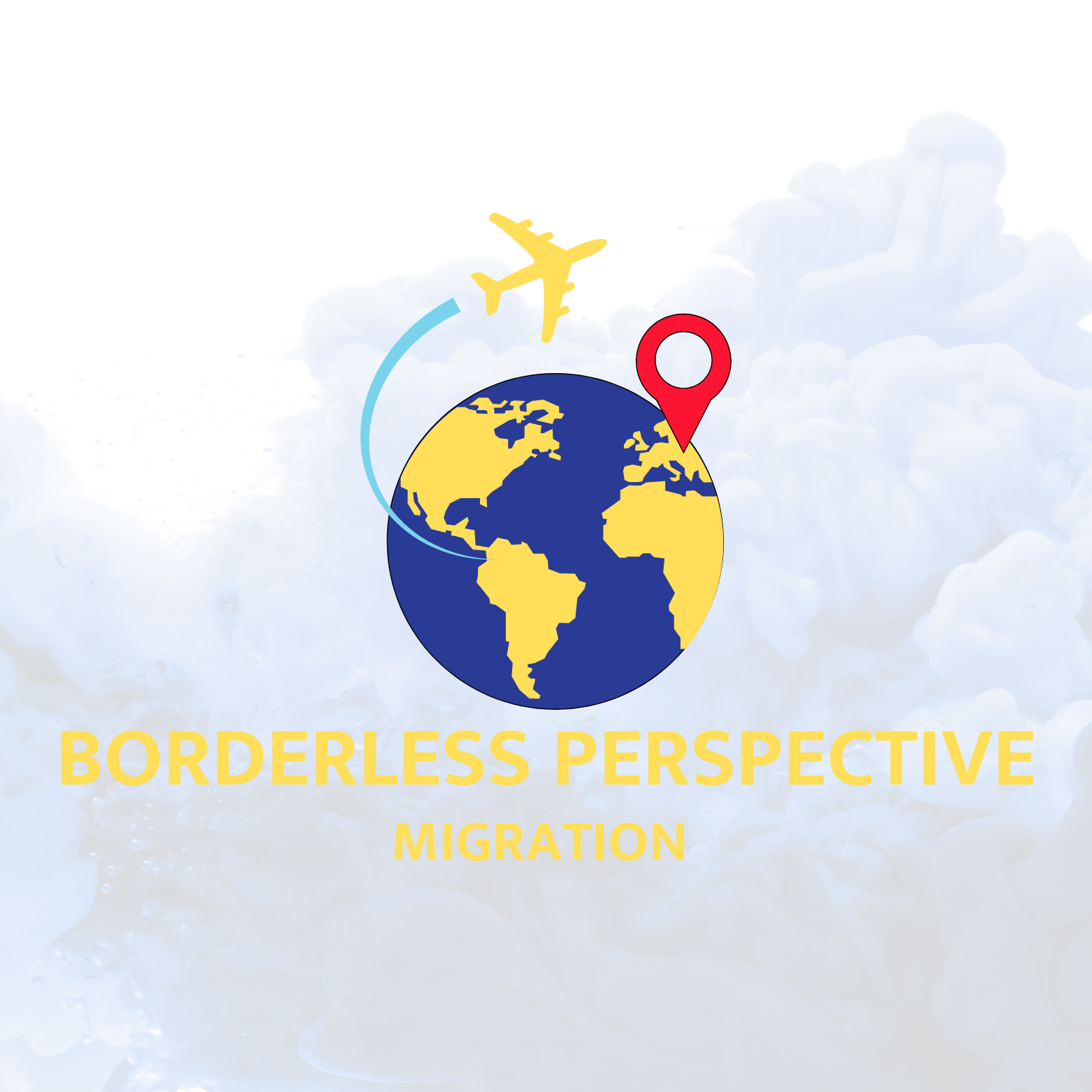
The use of technology in migration management is rapidly increasing as states and international organizations strive to enhance efficiency and streamline processes. While this reliance on technology offers numerous benefits, it also raises significant concerns regarding the delicate balance between security and human rights. This article delves into the impact of tech-driven migration management, examining three real-world cases where artificial intelligence (AI) tools have been deployed: the United Nations High Commissioner for Refugees’ utilization of biometric data collection, New Zealand’s implementation of operational algorithms for border security, and the United States’ adoption of biometric and data scraping technologies for tracking undocumented migrants. Each case serves as a testament to the potential advantages and disadvantages of tech-driven migration management, underscoring the importance of carefully considering the implications for both security and human rights.
Key Takeaways:
- Tech-driven migration management is on the rise as states and international organizations seek to improve efficiency in handling migration processes.
- Artificial intelligence tools, such as biometric data collection and operational algorithms, are being utilized to streamline migration management.
- Concerns exist regarding the balance between security and human rights in tech-driven migration management.
- Examining real-world cases can shed light on the potential benefits and drawbacks of technology-driven approaches in migration management.
- Careful consideration of the implications for privacy, security, and human rights is crucial in the implementation of tech-driven migration management.
The Role of Artificial Intelligence in Migration Management
As migration continues to increase, governments and international organizations are turning to technology-driven solutions to manage the influx of migrants. One such solution is the use of artificial intelligence (AI) tools, which encompass a range of technologies and software aimed at improving migration management efficiency. These tools include migration management software, digital migration management platforms, and automated migration solutions.
Migration management software plays a crucial role in streamlining processes and ensuring data accuracy. By utilizing AI algorithms and machine learning, these software solutions can automate tasks such as data collection, document verification, and case management. This not only speeds up the overall process but also reduces errors and enhances data security.
A digital migration management platform provides a centralized system for storing and processing vast amounts of migration-related data. This platform can integrate with various government agencies and international organizations, allowing for seamless sharing and analysis of information. By harnessing AI technologies, such as data-driven analytics and predictive modeling, these platforms can offer valuable insights into migration patterns, helping policymakers make informed decisions.
Automated migration solutions are another crucial component of tech-driven migration management. These solutions utilize AI-powered tools, such as facial recognition software and biometric authentication systems, to enhance border security and identity verification. By automating these processes, governments can efficiently screen and process migrants, ensuring the safety and security of their borders.
Table: Comparison of Tech-Driven Migration Management Tools
| Technology | Benefits | Challenges |
|---|---|---|
| Migration Management Software |
|
|
| Digital Migration Management Platform |
|
|
| Automated Migration Solutions |
|
|
While the adoption of AI tools in migration management offers significant benefits, there are also important challenges to consider. Privacy concerns regarding the collection and storage of biometric data, potential biases in AI algorithms, and the need for robust cybersecurity measures are among the key considerations in ensuring the responsible use of technology in migration management. Striking a balance between leveraging advanced technologies and safeguarding human rights is crucial for the success of tech-driven migration management.
The Role of Artificial Intelligence in Migration Management
The use of artificial intelligence (AI) in migration management has revolutionized the way states and international organizations handle the complexities of migration. From cloud-based migration management platforms to AI-powered migration tools, innovative solutions have emerged to streamline processes and enhance efficiency. This section delves into the various AI tools and software being used in migration management, highlighting their potential benefits and drawbacks.
Cloud-Based Migration Management
One of the most significant advancements in migration management is the adoption of cloud-based platforms. These platforms offer a centralized and scalable solution for storing and managing vast amounts of data, improving accessibility and collaboration among stakeholders. Cloud-based migration management systems enable real-time tracking of migrants, facilitate secure data sharing, and enhance coordination between different agencies involved in the migration process.
AI-Powered Migration Tools
AI-powered migration tools leverage machine learning algorithms to analyze complex data sets and generate actionable insights. These tools can assist in identifying patterns, predicting migration trends, and optimizing decision-making processes. For example, automated risk assessment algorithms can help authorities prioritize cases, allocate resources efficiently, and accurately identify individuals who pose potential security risks. By harnessing the power of AI, migration management becomes more targeted, effective, and tailored to the specific needs of individual migrants.
Advanced Migration Software
Advanced migration software integrates multiple AI-driven functionalities, such as biometric data collection, facial recognition, and natural language processing. These features enable authorities to verify identities, detect fraudulent documents, and enhance security measures. Moreover, they provide a comprehensive platform for managing the entire migration lifecycle, from initial registration and screening to asylum processing and resettlement. By automating manual tasks and eliminating redundancies, advanced migration software empowers officials to focus on higher-value activities while ensuring accurate and efficient processing of migration cases.
| Benefits of AI in Migration Management | Drawbacks of AI in Migration Management |
|---|---|
|
|
While the use of AI in migration management offers immense potential, it also raises important ethical, legal, and social considerations. Striking the right balance between leveraging technology for efficiency gains and safeguarding human rights is crucial. Policymakers and practitioners must ensure transparency, accountability, and fairness in the design and implementation of AI-driven solutions to maximize the benefits and mitigate the risks associated with tech-driven migration management.
Conclusion
Innovative and advanced migration software has revolutionized the way we manage migration in today’s tech-driven world. The use of artificial intelligence tools, such as biometric data collection, operational algorithms, and data scraping technologies, has enabled states and international organizations to improve the efficiency and effectiveness of their migration management processes. However, as we embrace these technological advancements, it is crucial to strike the right balance between security and human rights concerns.
Tech-driven migration management offers numerous benefits, including enhanced identification and assistance of refugees and asylum seekers, improved border security through biometric and biographic matching, and the tracking of undocumented migrants for deportation. These advancements have the potential to streamline processes, increase accuracy, and ensure the protection of national security.
However, it is important to consider the potential implications for privacy, security, and human rights. The use of AI tools raises concerns about the protection of personal data, the potential for bias and discrimination, and the infringement on individual rights. Striking the right balance is essential to ensure a better tomorrow in migration management, where technology-driven approaches work hand in hand with the protection of individual rights.
As we navigate the ever-evolving landscape of tech-driven migration management, it is crucial to approach these advancements with caution and careful consideration. By harnessing the power of innovative migration management software and advanced migration software, we have the opportunity to create a more efficient and secure system while upholding the fundamental principles of human rights and dignity.
FAQ
How does technology impact migration management?
Technology, such as artificial intelligence tools, can improve efficiency and streamline processes in migration management.
What AI tools are used in migration management?
AI tools used in migration management can include biometric data collection, operational algorithms, and data scraping technologies.
What are the potential benefits of tech-driven migration management?
Tech-driven migration management can lead to improved identification and assistance of refugees and asylum seekers, enhanced border security, and better tracking and deportation of undocumented migrants.
What are the concerns about tech-driven migration management?
The concerns revolve around the potential implications for privacy, security, and human rights.
How can the balance be maintained between security and human rights in tech-driven migration management?
Striking the right balance between technology-driven approaches and the protection of individual rights is crucial for ensuring a better tomorrow in migration management.
MORE SOURCES TO READ:
- https://carrcenter.hks.harvard.edu/files/cchr/files/CCDP_006.pdf
- https://www.ohchr.org/sites/default/files/documents/publications/2022-11-14/Chapter26-Monitoring-Protecting-HR-Migration.pdf
- https://comparativemigrationstudies.springeropen.com/articles/10.1186/s40878-022-00305-0
![]()











Recent Comments